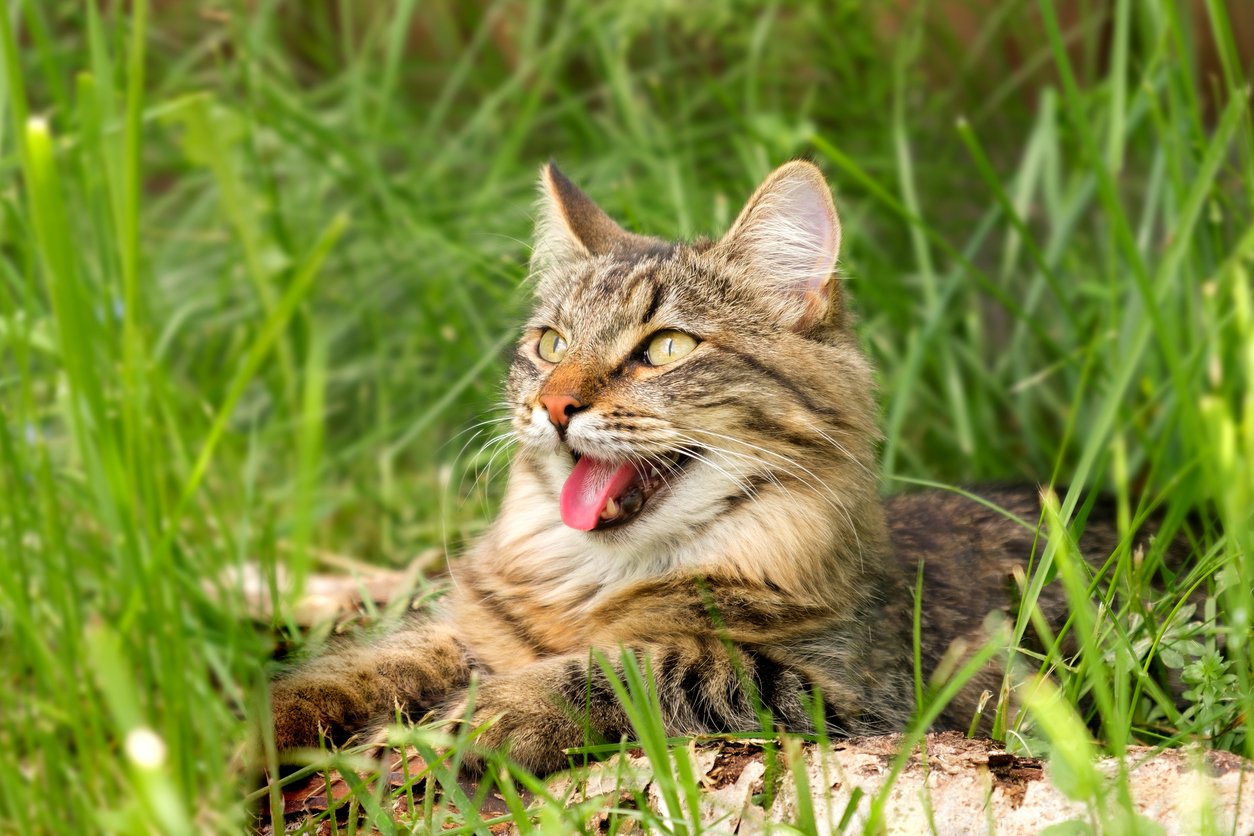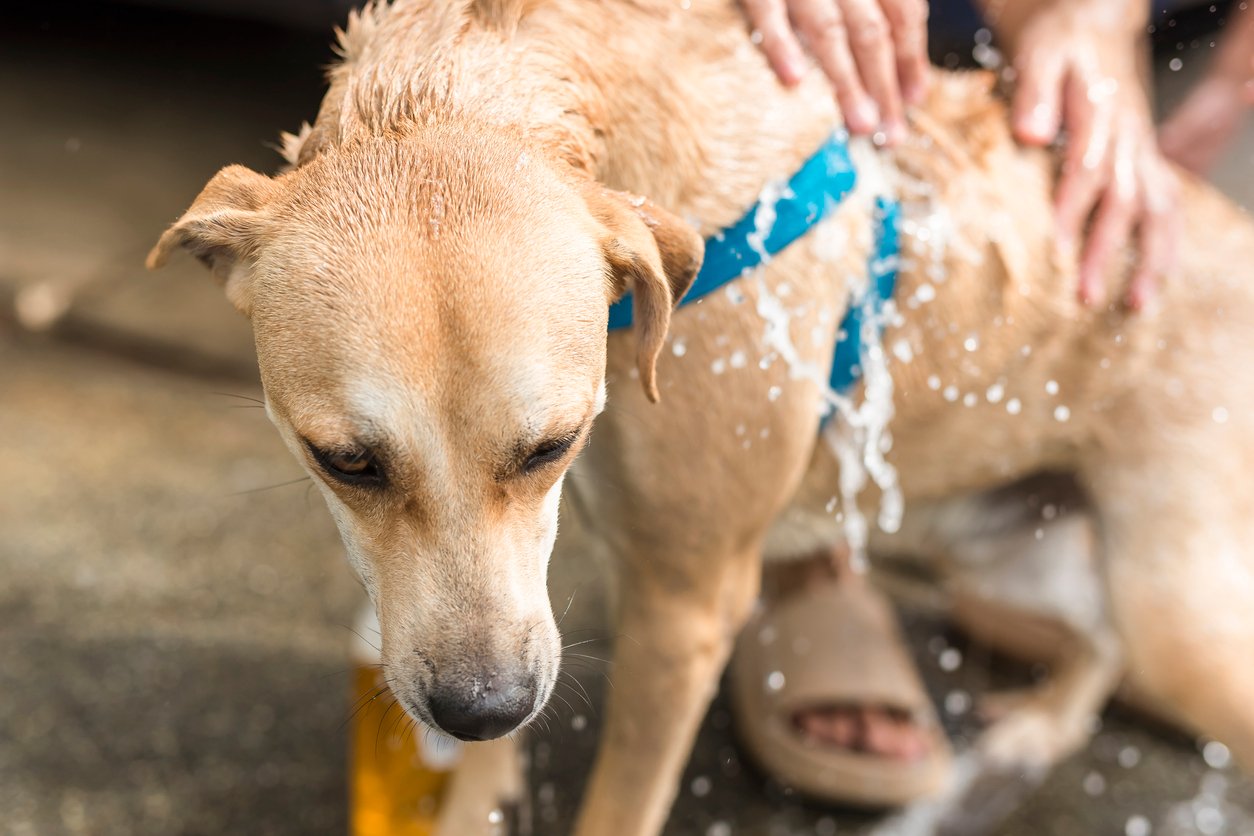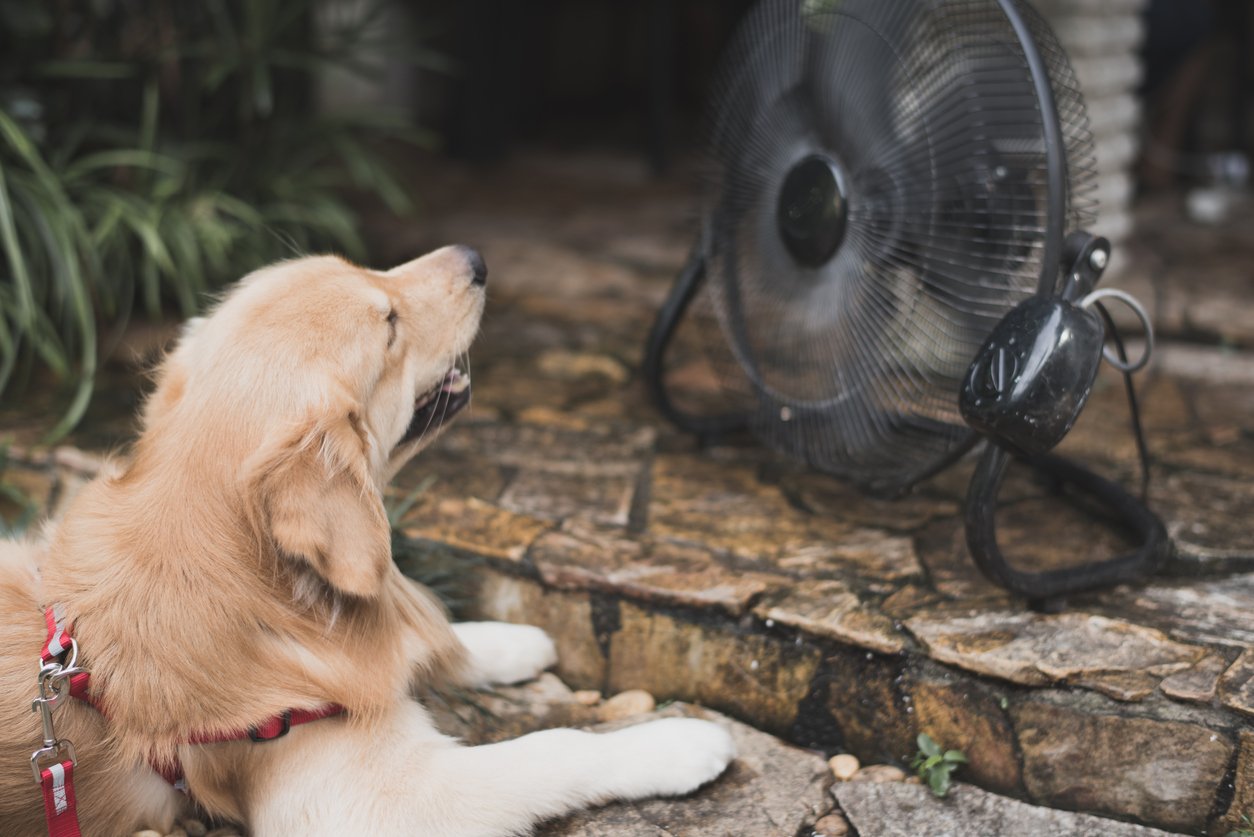As the temperatures rise in Cedar Falls, it is not just us humans who struggle to stay cool in hot weather but our furry friends, too. Our beloved pets rely on us to keep them safe and comfortable during summer. That is why knowing how to beat the heat and ensure your pets remain cool and happy is important. This article will provide some essential tips for keeping your pets cool in hot weather.
The Dangers of Hot Weather for Pets
Hot weather can pose severe risks to our pets. Dogs and cats are especially susceptible to heatstroke, a life-threatening condition when their body temperature rises to dangerous levels. Heatstroke can cause organ failure, brain damage, and even death if not treated promptly. It is essential to be aware of the signs and symptoms of heatstroke in pets so that you can take immediate action if necessary. Some common signs include:
- panting in cats
- excessive panting in dogs
- thick, stringy drool
- lethargy, weakness, or stumbling
- vomiting
- diarrhea
- collapsing
Is It Normal for Cats to Pant?

Cats do not typically pant. Panting in cats is most commonly caused by overheating, as they try to cool down. It can also be caused by stress or anxiety, vigorous play, or a medical problem such as heart or respiratory problems. If your cat usually does not pant but is panting on a hot day, follow the steps above for overheating. Note: If your cat pants frequently or exhibits other symptoms, it's important to consult one of our veterinarians.
Take Immediate Action if You Suspect Your Pet is Overheating

If your pet is showing signs of overheating, take immediate action to cool them down and ensure their safety:
1. Move to a Cool Area: Take your pet to a shaded, cool place indoors or in the shade outside.
2. Provide Water: Offer your pet fresh, cool (not cold) water to drink. Encourage small sips rather than gulping. When your pet is overheated, drinking very cold water or ice water can cause your pet's blood vessels to constrict, potentially worsening the situation by hindering heat dissipation. Cold or ice water can also cause stomach cramps or other stomach problems.
3. Cool Them Down: Wet their bodies with cool (not cold) water. Wet towels can be placed on their necks, under their armpits, and between their hind legs. You can also gently pour cool water over their bodies.
4. Use Fans or Air Conditioning: To help lower your pet's body temperature, place it in front of a fan or in an air-conditioned room.
5. Monitor Their Temperature: If possible, use a rectal thermometer to monitor their temperature. Dogs and cats' normal temperature is around 101-102.5°F (38.3-39.2°C). If their temperature is above 104°F (40°C), it's an emergency.
6. Limit Activity: Encourage your pet to rest and avoid physical activity.
Check for Signs of Distress: Symptoms like thick, stringy drooling, excessive panting, weakness, diarrhea, vomiting, or collapse are severe signs of heatstroke. Immediately take the above actions to cool them down and call Advanced Pet Care Clinic or an emergency vet hospital if we are closed.
Preventing Heatstroke: Keeping Dogs and Cats Cool in Hot Weather
Walking Your Pet
- Walk your pet in the cooler hours of the morning or late evening.
- Check pavement temperature. Make sure it is not too hot for your pet to walk on. If you wouldn’t walk barefoot on the pavement, then it is too hot for your pet too!
- Choose shaded routes if you can.
- Bring water and a collapsable bowl for your pet. Offer water to your pet frequently.
- Know your pet’s limits. Take shorter walks on hotter days.
Traveling with Pets in Hot Weather
If you're planning to travel with your pet during hot weather, there are some important considerations to keep in mind. Here are some tips for traveling with pets in hot weather:
- Never leave your pet unattended in a car, even for a short period or with the engine running. Even with the windows cracked, the temperature inside a vehicle can rise rapidly, leading to heatstroke and potential death. On a beautiful 80° weather day, temperatures can quickly heat up in a car to:
109° in 20 minutes!
118° in 40 minutes!
120° in 60 minutes!
- Plan for frequent breaks: If you're going on a long drive, plan for frequent breaks to allow your pet to stretch their legs and hydrate. Look for pet-friendly rest stops, restaurants, and parks where your pet can safely take a break.
- Use sunshades and air conditioning: Use sunshades on the windows to block direct sunlight, especially if your pet it traveling in a crate or carrier. Ensure that the air conditioning is working correctly and set to a comfortable temperature for your pet.
Traveling with pets during hot weather requires extra planning and precautions. Always prioritize their safety and comfort throughout the journey.
Please watch the video from the Weather Channel about protecting children and pets from hot cars. You can click on the link or the picture below to start the video.
Link for video from the Weather Channel:https://weather.com/safety/heat/video/heat-cars-deadly-speed
Tips for Keeping Pets Cool Indoors

When the temperature soars, it's crucial to provide your pets with a cool and comfortable indoor environment. Here are some tips to help you keep your pets cool indoors:
- Keep the air flowing: Ensure proper ventilation in your home by opening windows, using fans, or turning on the air conditioning. This will help circulate cool air and prevent your pet from overheating.
- Create a cool area for your pet: Set up an area in your home where your pet can retreat when it needs to cool down. This area could be a room with tiles or a cool spot near a fan or air conditioning vent. Place a comfortable bed or mat in this area for your pet to relax on.
- Provide access to fresh water: Make sure your pet has access to fresh, cool water at all times. Consider investing in a pet water fountain to encourage hydration. Cats especially prefer flowing water. You can also add ice cubes to their water bowl to provide relief from the heat.
Remember, pets can suffer from heatstroke even indoors, so always keep an eye on them and take necessary precautions to keep them cool and comfortable.
Dogs and Cats Prone to Heatstroke
Heatstroke can affect various pets, but some are more prone to it due to their physiology, coat type, and behavior. Here are pets that are particularly susceptible to heatstroke:
Dogs
- Brachycephalic Breeds: Breeds with short noses and flat faces, such as Bulldogs, Pugs, Boxers, and Shih Tzus, have difficulty panting effectively, which impairs their ability to cool down.
- Thick-Coated Breed: Dogs with dense fur, like Huskies, Malamutes, and Newfoundlands, can overheat more easily.
- Overweight Dog: Excess weight can make it harder for dogs to regulate their body temperature.
- Older Dogs: Senior dogs might have less efficient thermoregulation.
- Very Active Dogs: Breeds or individual dogs that are very active or excitable, such as Border Collies and Australian Shepherds, might overexert themselves in hot weather.
Cats
- Brachycephalic Breeds: Cats with flat faces, like Persians and Himalayans, can struggle with heat regulation.
- Long-Haired Breed: Cats with long, thick fur, such as Maine Coons and Ragdolls, are at higher risk.
Keeping Your Pets Cool with Our Hydration Tips
Proper hydration is essential for keeping your pets cool and healthy during hot weather. Here are some tips to ensure your pets stay hydrated:
- Always provide fresh water: As mentioned earlier, ensure your pet has access to fresh, cool water at all times. Change the water frequently to keep it clean and refreshing. Consider placing multiple water bowls around the house and in the outdoor space to encourage drinking.
- Consider frozen treats: Frozen treats can be a fun way to keep your pets cool and hydrated. You can freeze low-sodium chicken or beef broth in ice cube trays. Both dogs and cats love the water from a can of tuna, salmon, or chicken. Important: Ensure the cans are labeled “no-salt or lowsodium” as salt can be extremely toxic to pets. Or you can invest in special frozen treats designed for pets. These treats not only provide hydration but also offer a refreshing treat for your furry friends.
- Monitor water intake: Monitor your pet's water intake. If you notice your pet drinking less than usual, it could indicate dehydration. Please encourage your pet to drink more by adding ice cubes to their water bowl or offering wet food.
Remember, pets can suffer from heatstroke even indoors, so monitor them and take necessary precautions to keep them cool and comfortable.
Cooling Products and Accessories for Pets
Cooling products and accessories can help keep your pets cool and comfortable during hot weather. Here are some popular options:
- Cooling mats and beds: Cooling mats and beds are designed to absorb and dissipate heat, providing a cool surface for your pet to lie on. These mats are usually filled with gel or have a cooling mechanism that activates when pressure is applied.
- Cooling vests and bandanas: These accessories are made with special cooling fabrics that can help regulate your pet's body temperature. They can be soaked in water and then placed on your pet to provide instant relief from the heat.
- Misting fans and sprays: Misting fans and sprays can quickly cool down your pet. These devices release a fine mist of water and airflow, creating a cooling effect. They are especially useful for outdoor activities or when traveling with your pet.
When choosing cooling products and accessories, make sure they are safe and suitable for your pet's size and breed. Always follow the manufacturer's instructions and monitor your pet while using these products.
Common Myths about Keeping Pets Cool in Hot Weather
There are some myths or misconceptions about keeping pets cool in hot weather. It's important to separate fact from fiction to ensure the well-being of our furry friends. Here are some common myths debunked:
- Shaving your pet will keep them cool: Contrary to popular belief, shaving your pet's fur may not necessarily keep them cool. A pet's coat acts as insulation, protecting them from both heat and cold. Instead of shaving, focus on regular grooming to remove excess hair and prevent matting.
- Ice water is the best way to cool down a pet: While it may seem logical to give your pet ice water to cool them down, it can cause their body temperature to rise. Ice-cold water can constrict blood vessels, making it harder for the body to cool down. Instead, offer cool, fresh water to your pet.
- Pets don't need sunscreen: Pets with light-colored fur or exposed skin areas, such as the nose and ears, can be susceptible to sunburn. Using pet-friendly sunscreen can help protect them from harmful UV rays, especially during prolonged outdoor activities.
Separating fact from fiction is essential for providing the best care for our pets during hot weather. Consult with Advanced Pet Care for accurate information and advice.
Conclusion: Prioritizing Your Pet's Comfort and Safety in Hot Weather
You can ensure your pet's well-being by understanding the dangers of heatstroke, recognizing the signs, and acting quickly to get them hydrated, cooled down, and calling Advanced Pet Care or an emergency vet if we are closed.
Whether it's creating a cool indoor environment, providing a shaded outdoor space, or investing in cooling products and accessories, there are many ways to beat the heat and keep our furry companions happy. Monitor their water intake, provide mental stimulation, and take necessary precautions when traveling. So, let's embrace the summer months with our pets by our side, keeping them cool, content, and safe from the scorching heat.

